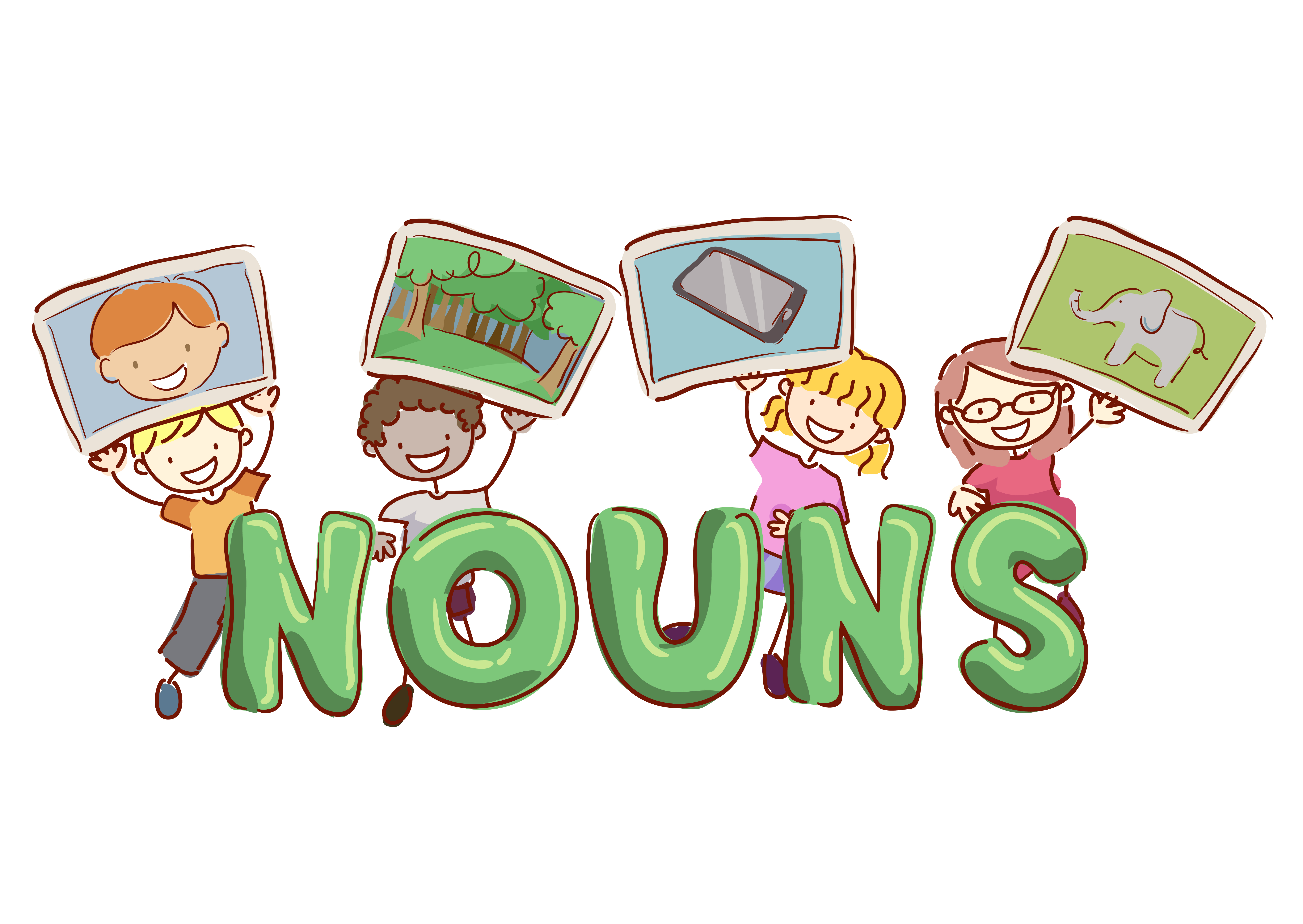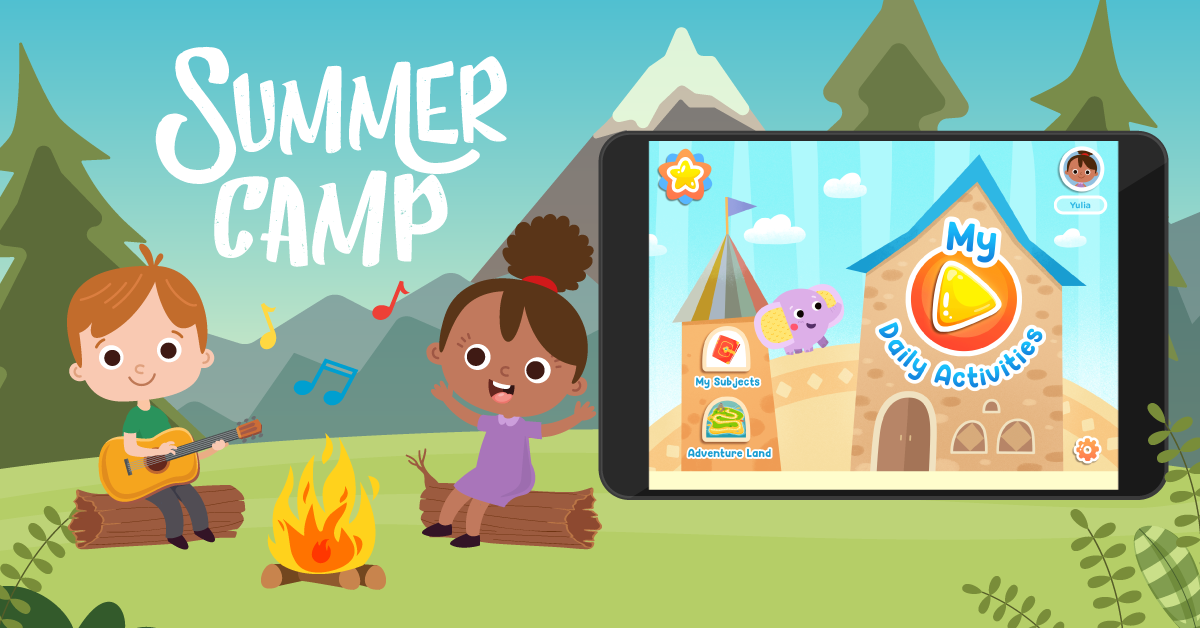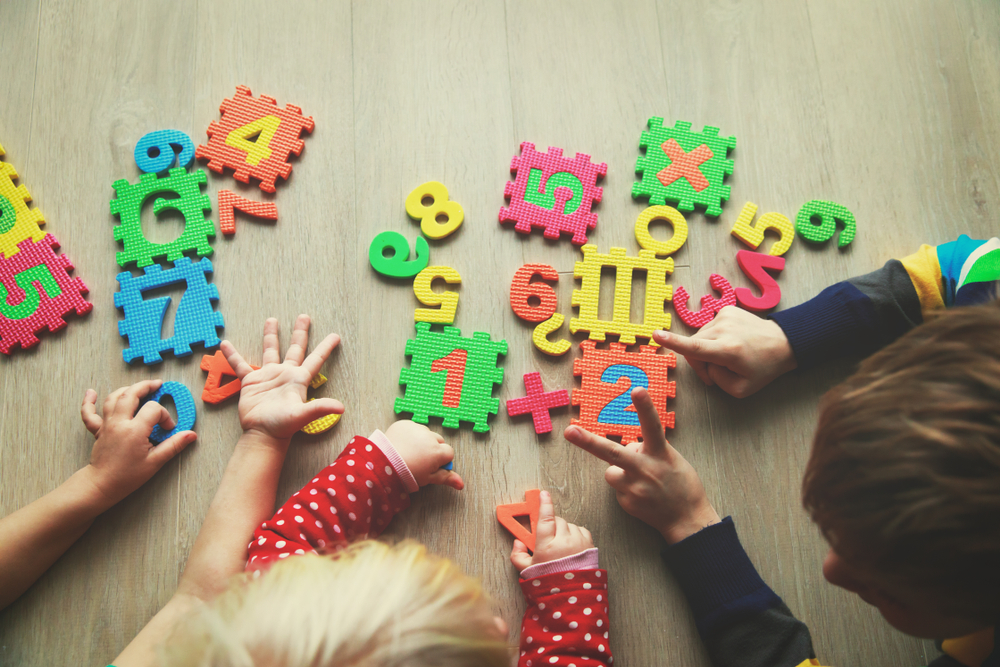Understanding graphs Worksheets for Ages 5-8
6 filtered results
-
From - To
"Understanding Graphs Worksheets for Ages 5-8" from Kids Academy makes learning data interpretation fun and engaging! Specially designed for young learners, these printable worksheets help kids grasp basic graphing concepts, including bar graphs, pie charts, and pictographs. Interactive and colorful activities guide children in reading and creating their own graphs, fostering critical thinking and analytical skills. These resources are perfect for classroom use or extra practice at home. Turn abstract math into interactive learning with our expertly crafted worksheets tailored for developing young minds. Spark their curiosity and strengthen foundational skills with Kids Academy’s understanding graphs worksheets today!
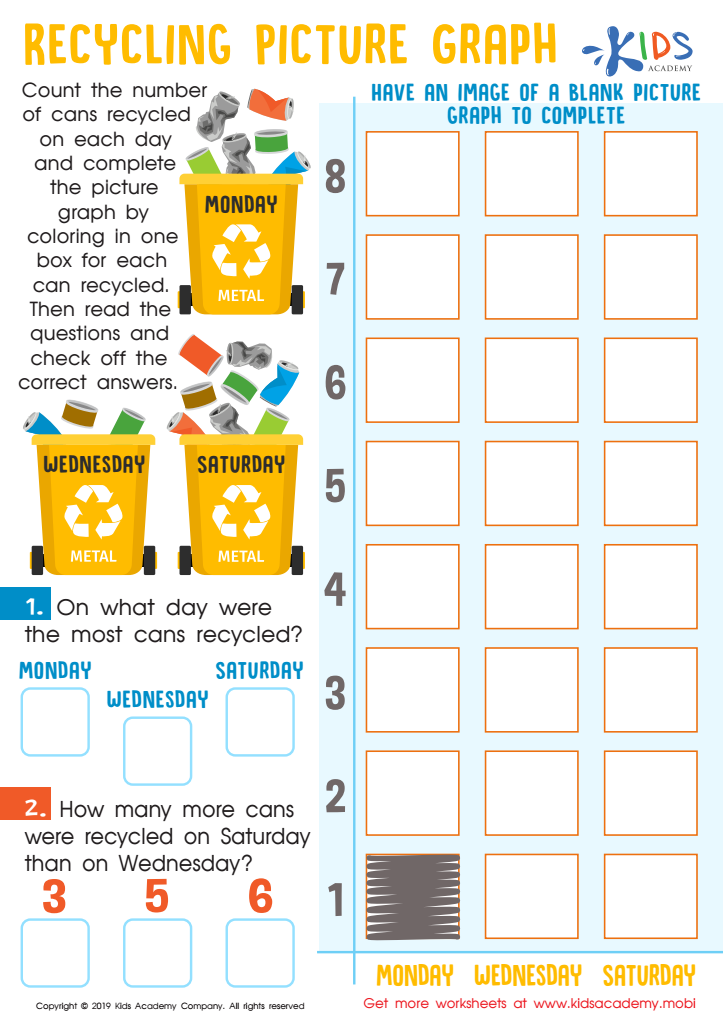

Recycling Picture Graph Worksheet
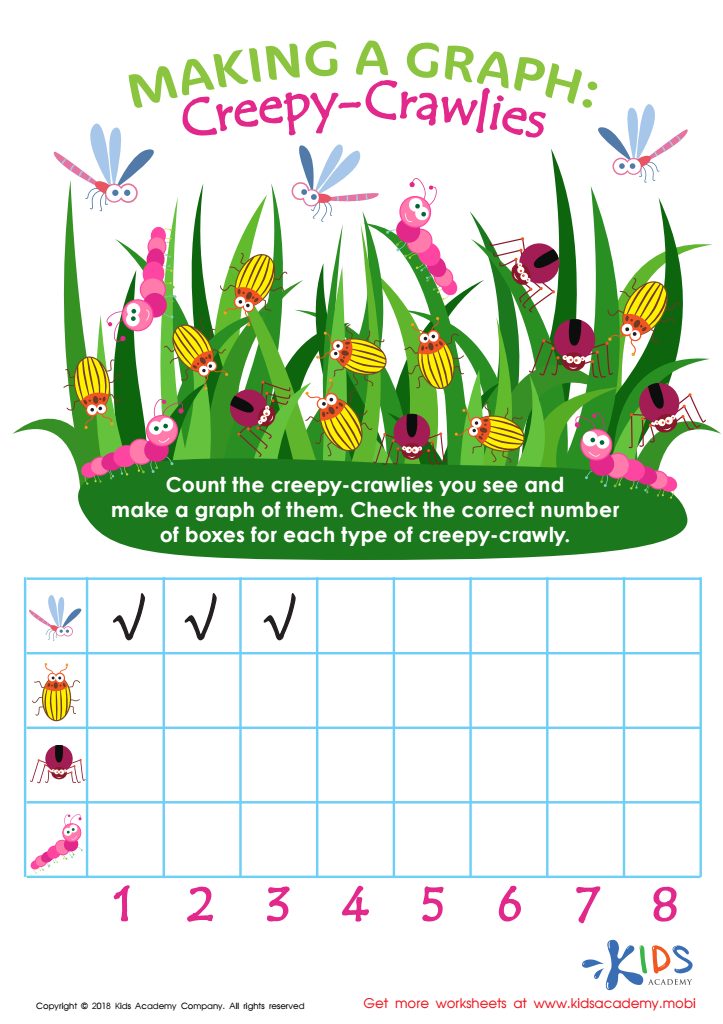

Making a Graph: Creepy Crawlies Worksheet
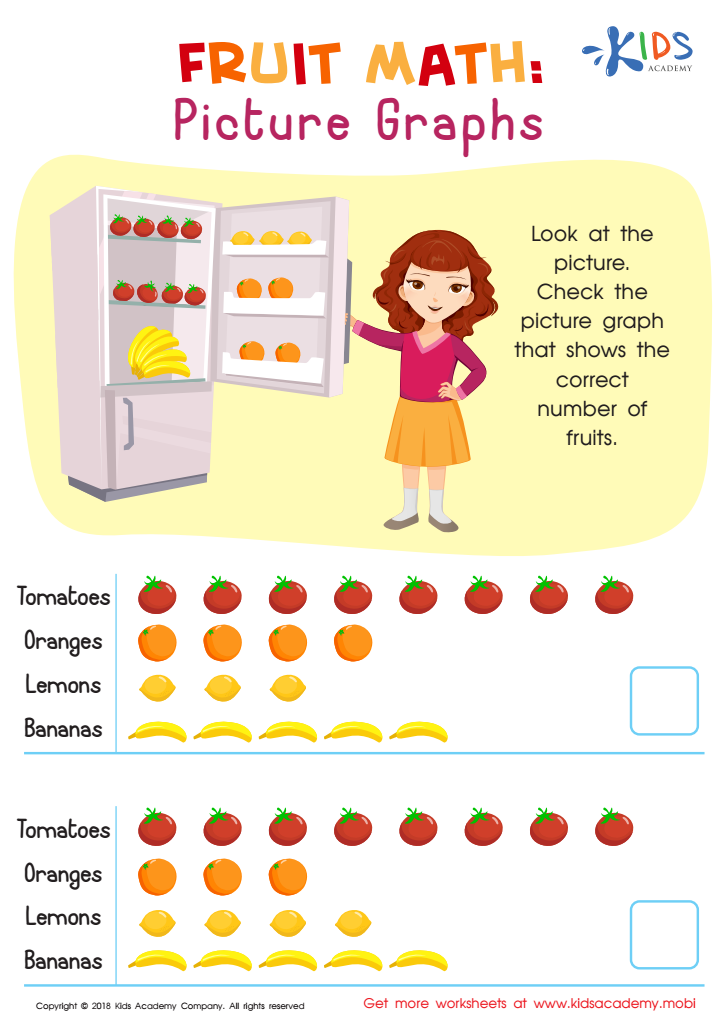

Fruit Math: Picture Graphs Worksheet
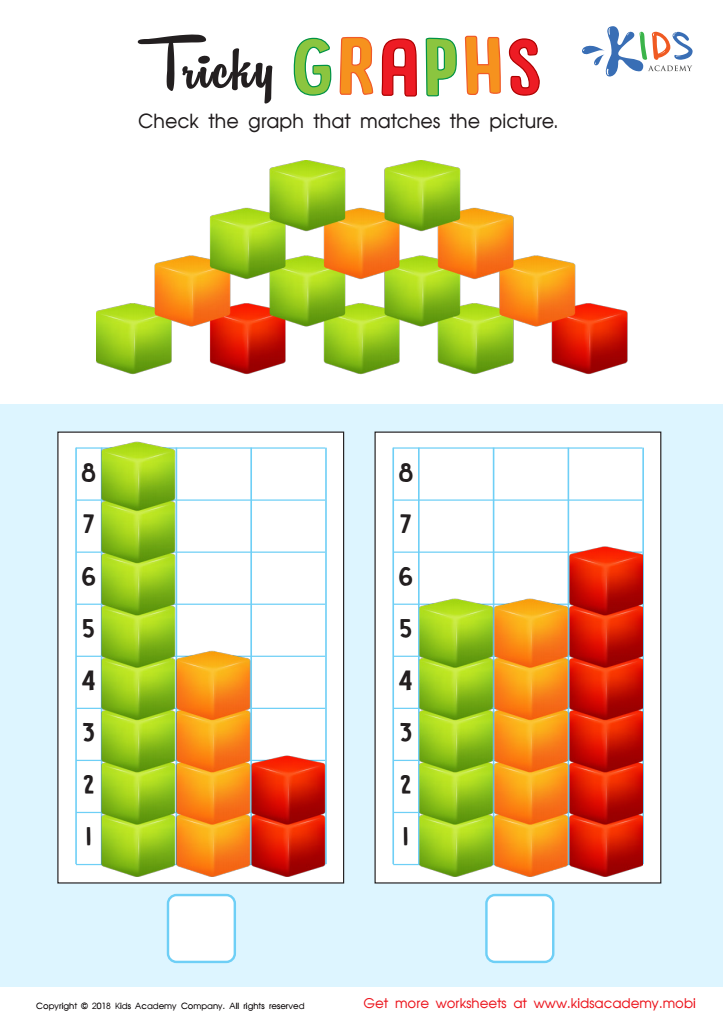

Tricky Graphs Worksheet
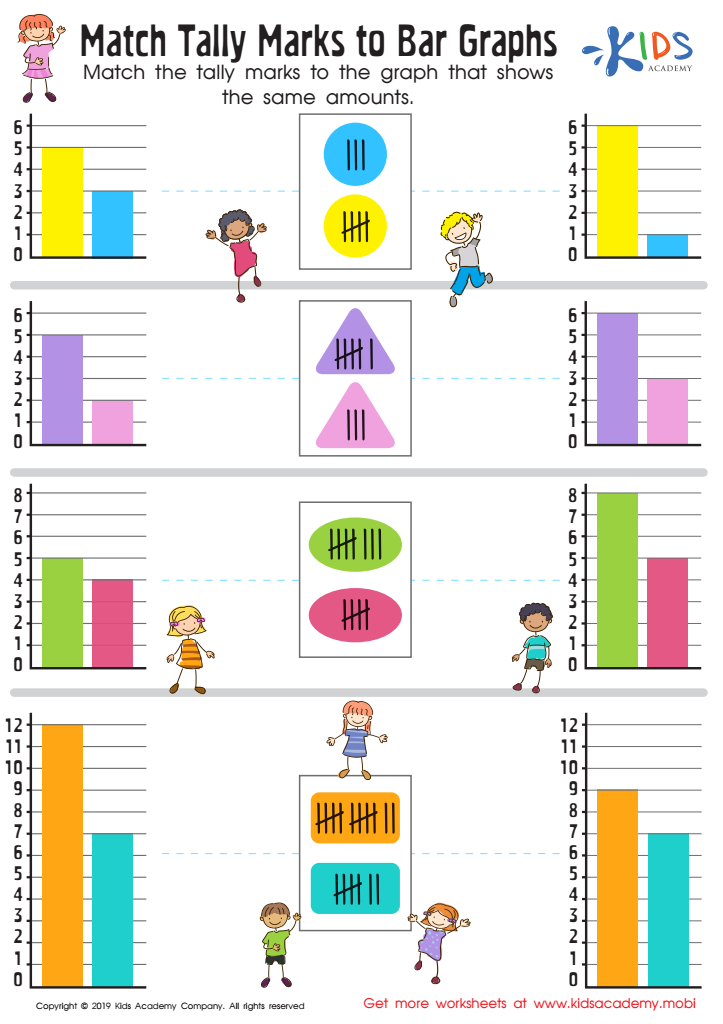

Match Tally Marks to Bar Graphs Worksheet


Aircraft Carrier Picture Graphs Worksheet
Understanding graphs is a fundamental skill for young children, ages 5-8, as it lays the groundwork for later learning in both mathematics and analytical thinking. Parents and teachers should care about this because graphs are visual representations of data, making it easier for children to comprehend and interpret information. At a young age, kids are naturally curious and visually oriented, and graphs provide a concrete way to understand abstract concepts.
By learning to interpret graphs, children can better grasp relationships between different items, such as more vs. fewer or longer vs. shorter. This enhances their critical thinking skills and boosts their ability to compare and contrast, a core component of cognitive development. Furthermore, using graphs can also make lessons more engaging and interactive. For example, graphing the types of favorite fruits in the classroom can make math fun and relevant.
Additionally, early exposure to graphs aids in developing essential life skills. Whether it's understanding a weather chart, chore schedule, or even simple bar graphs in a video game, the ability to interpret visual data becomes invaluable. Thus, fostering these skills early makes educational progress smoother and builds a foundation for complex problem-solving tasks they will encounter in their educational journey and daily life.
 Assign to My Students
Assign to My Students





